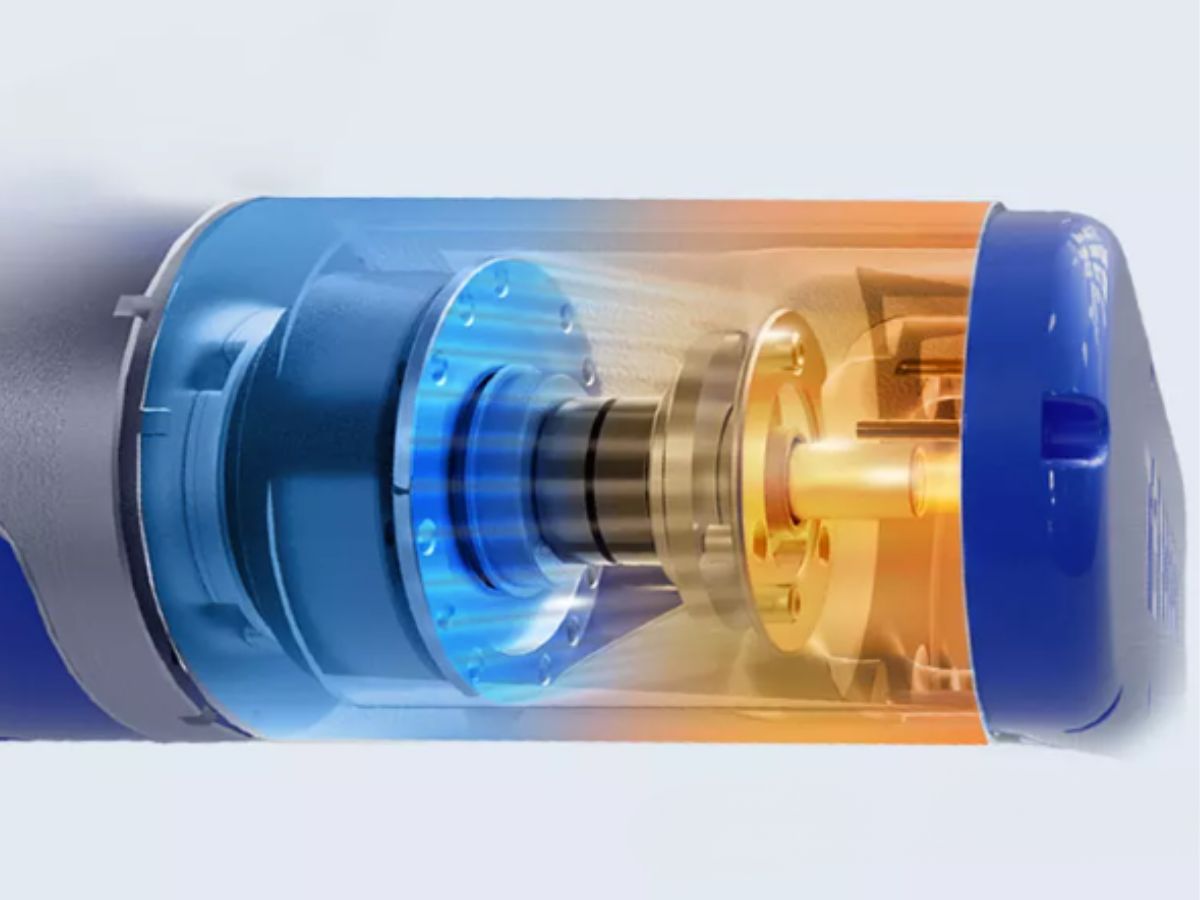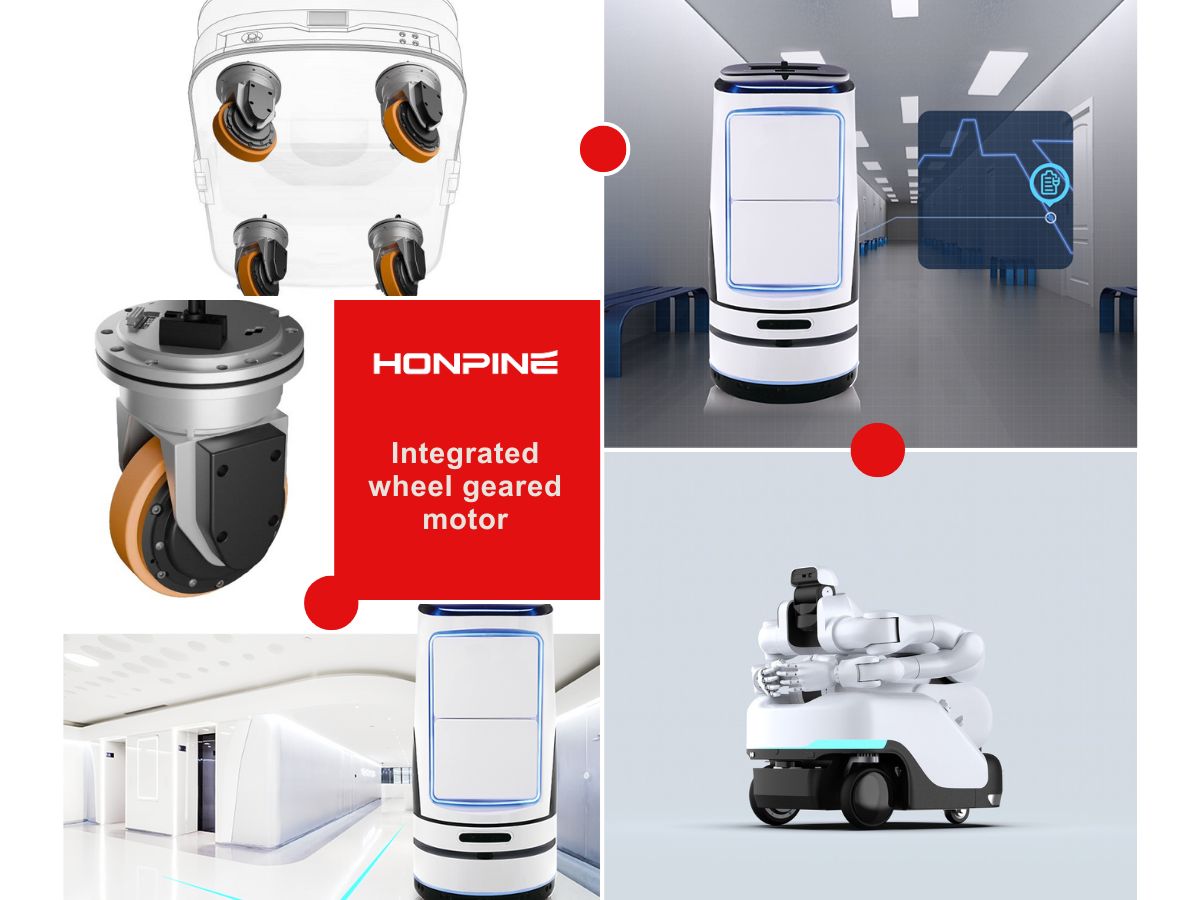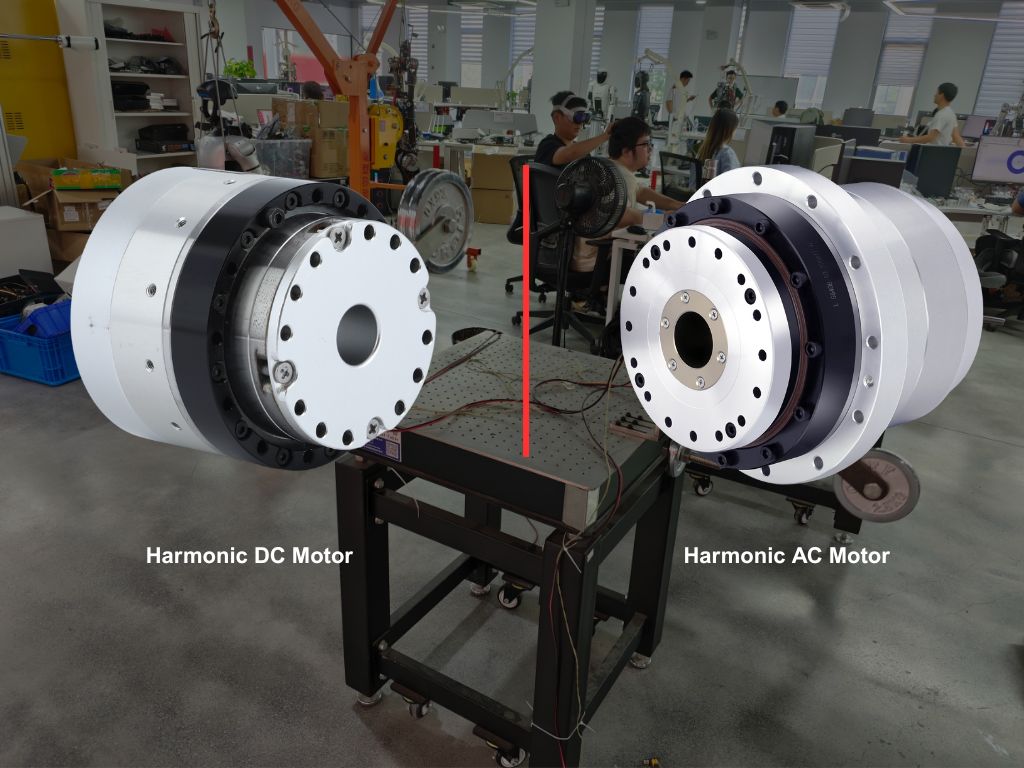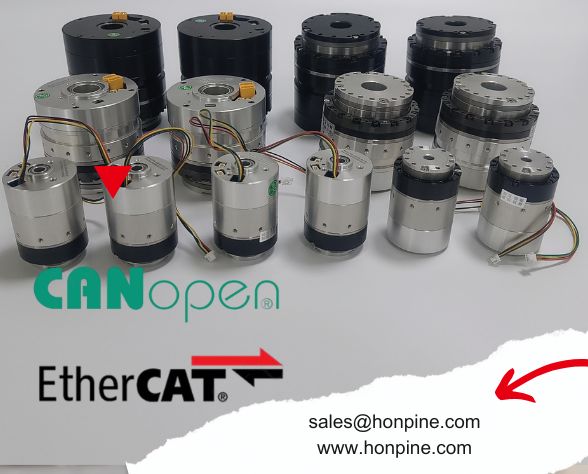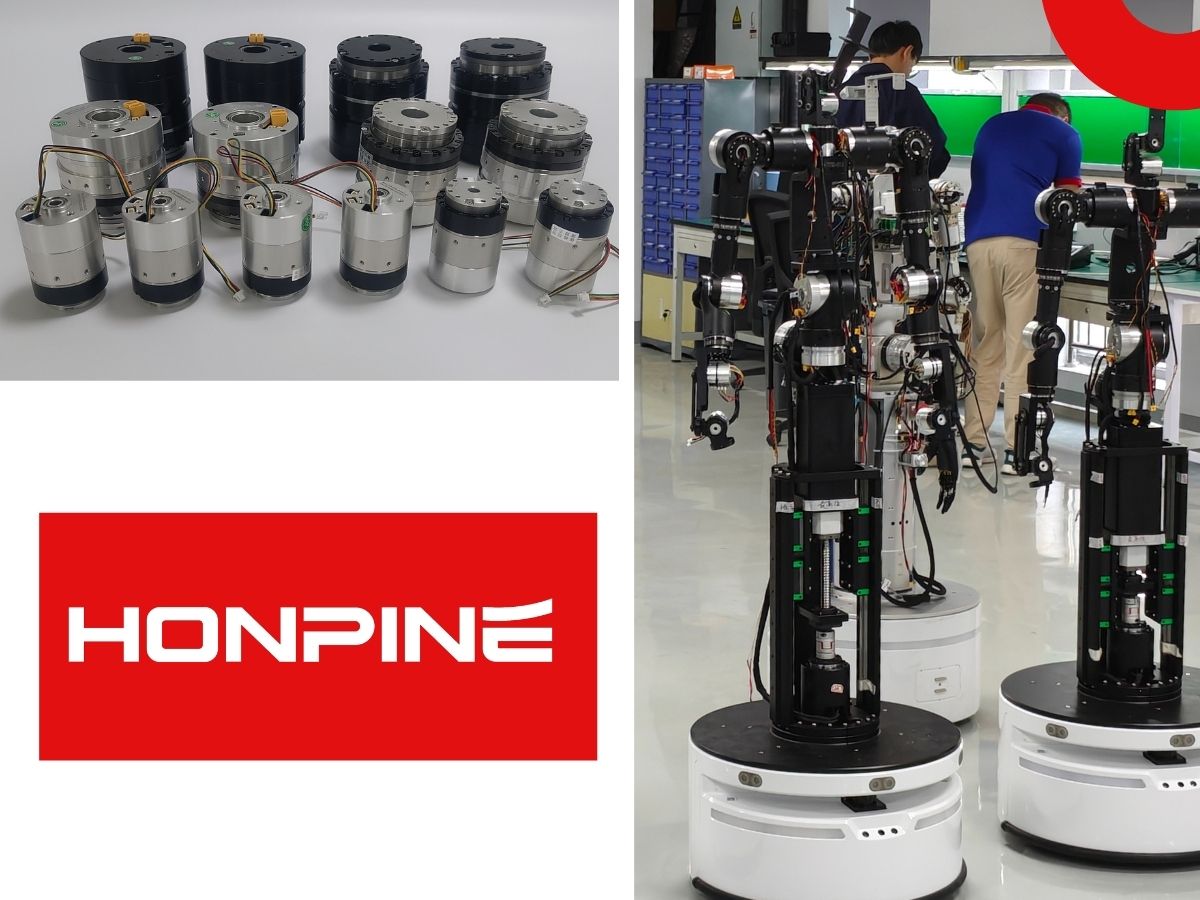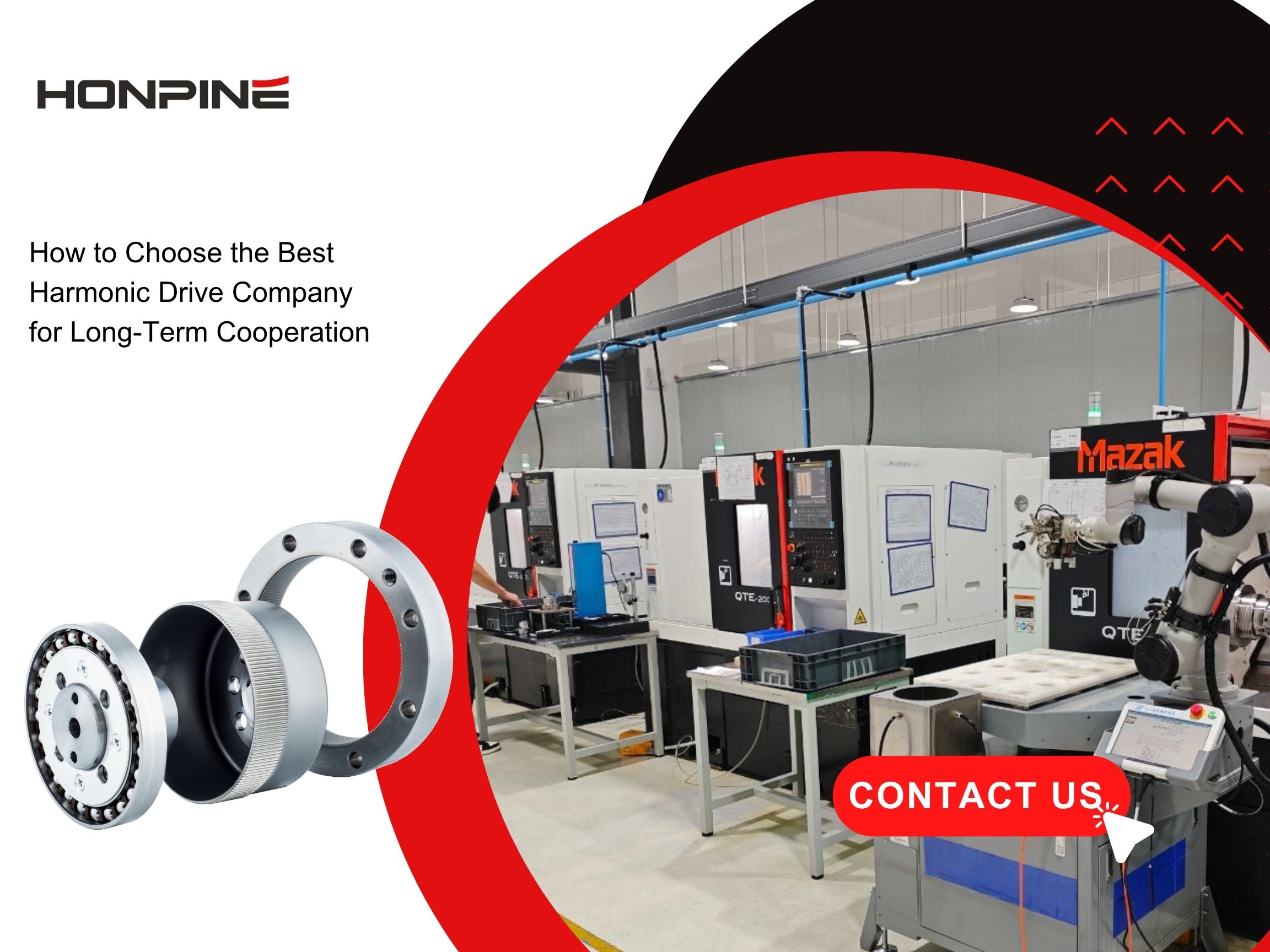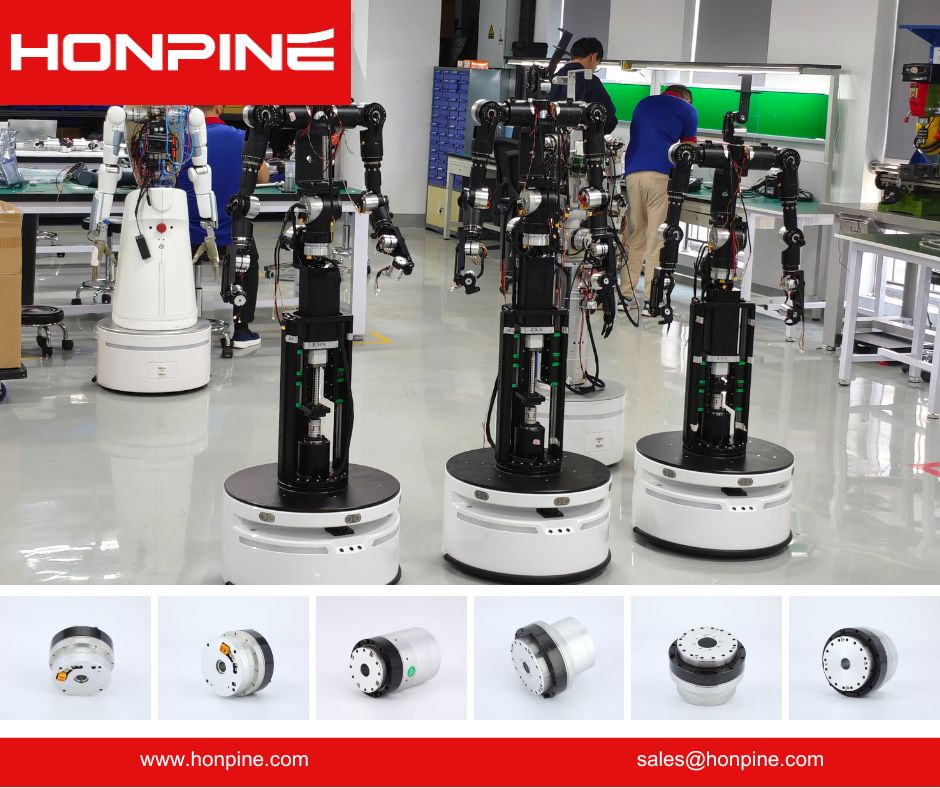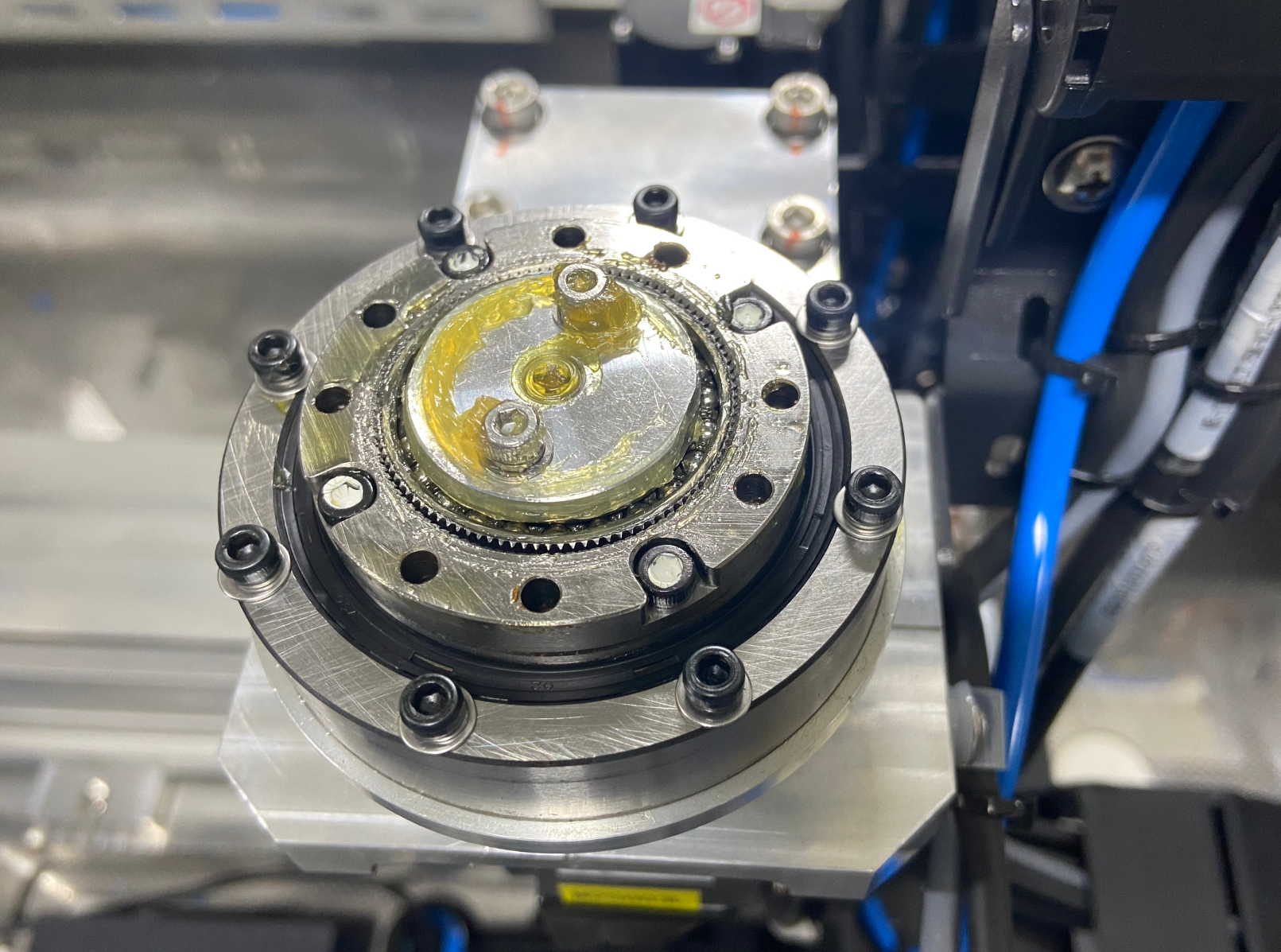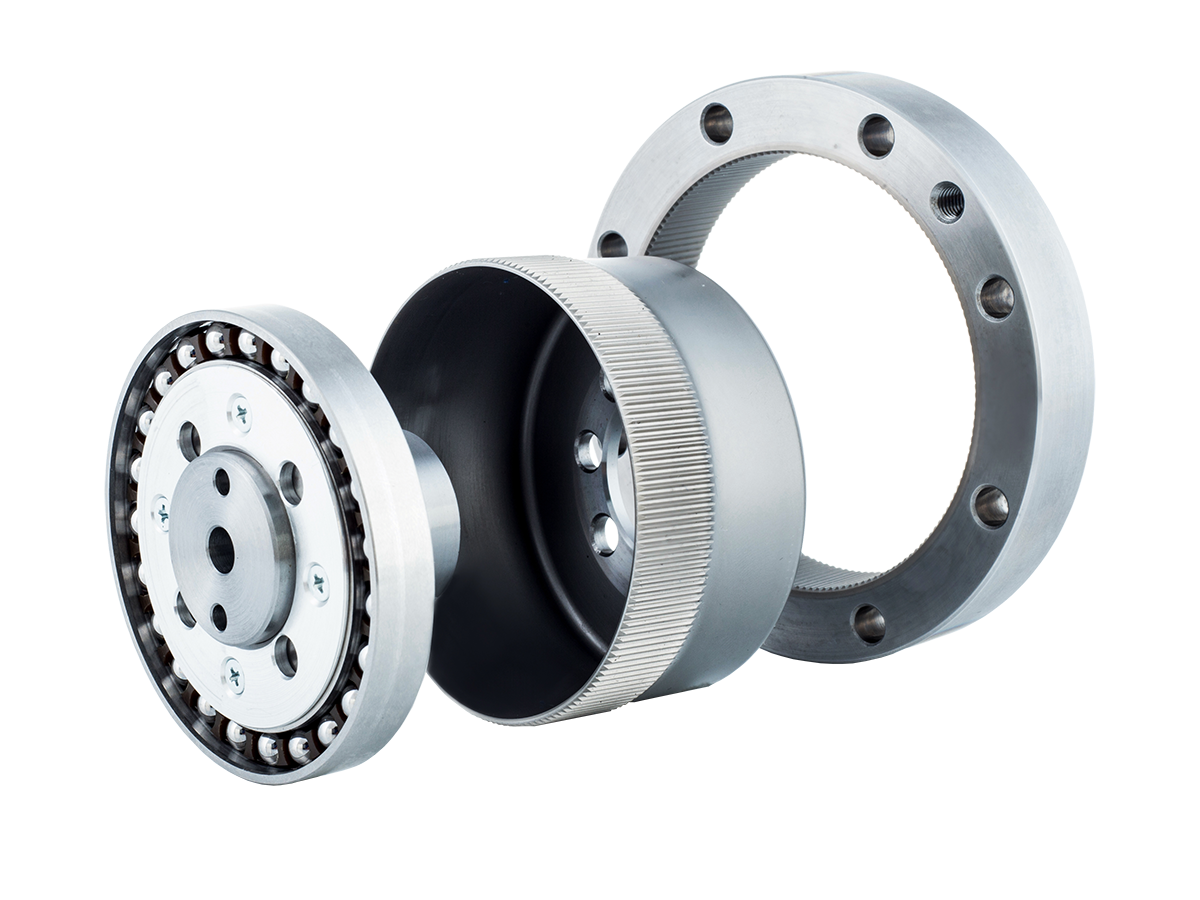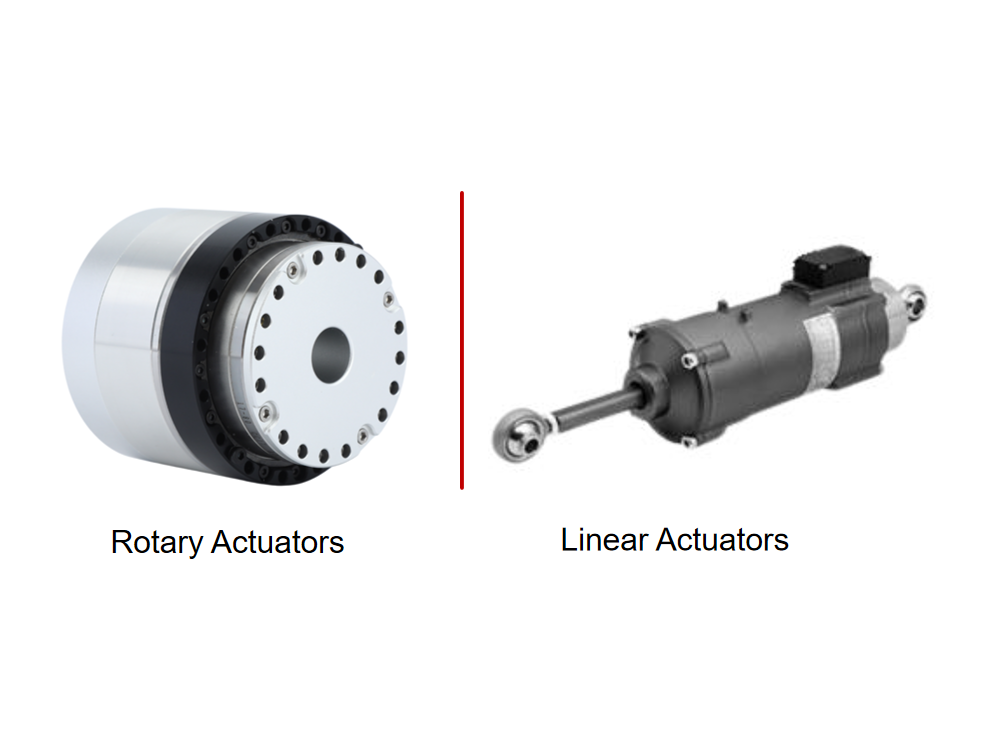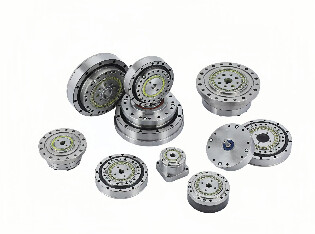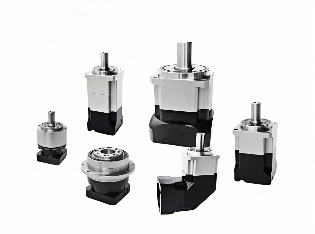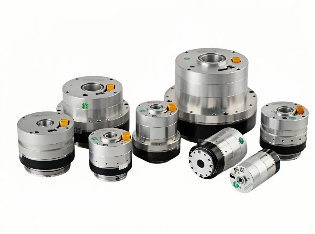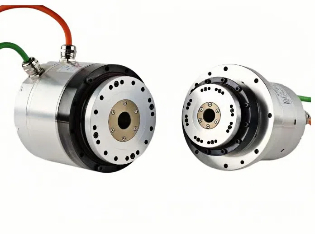Which is Better for Joint Modules: Single or Dual Encoders?
In humanoid robot joint modules, the motor is the core component that drives joint movement, while the encoder serves as the "eyes" of the motor, providing real-time feedback on its position, speed, and other critical data. Depending on the number of encoders used, motors can be categorized as single-encoder or dual-encoder types, each with its own advantages in terms of functionality and application.
Single-Encoder Joint Modules
A single-encoder motor is equipped with only one encoder. Through photoelectric, magnetoelectric, or other sensing methods, the encoder converts the mechanical position signals of the motor into electrical signals, enabling real-time monitoring of the motor's motion state. Single-encoder motors have a relatively simple structure and lower cost, making them suitable for applications where extremely high precision is not required. For example, in basic industrial automation handling equipment, single-encoder motors can meet the fundamental need to transport materials from point A to point B, ensuring operational functionality at a lower cost.
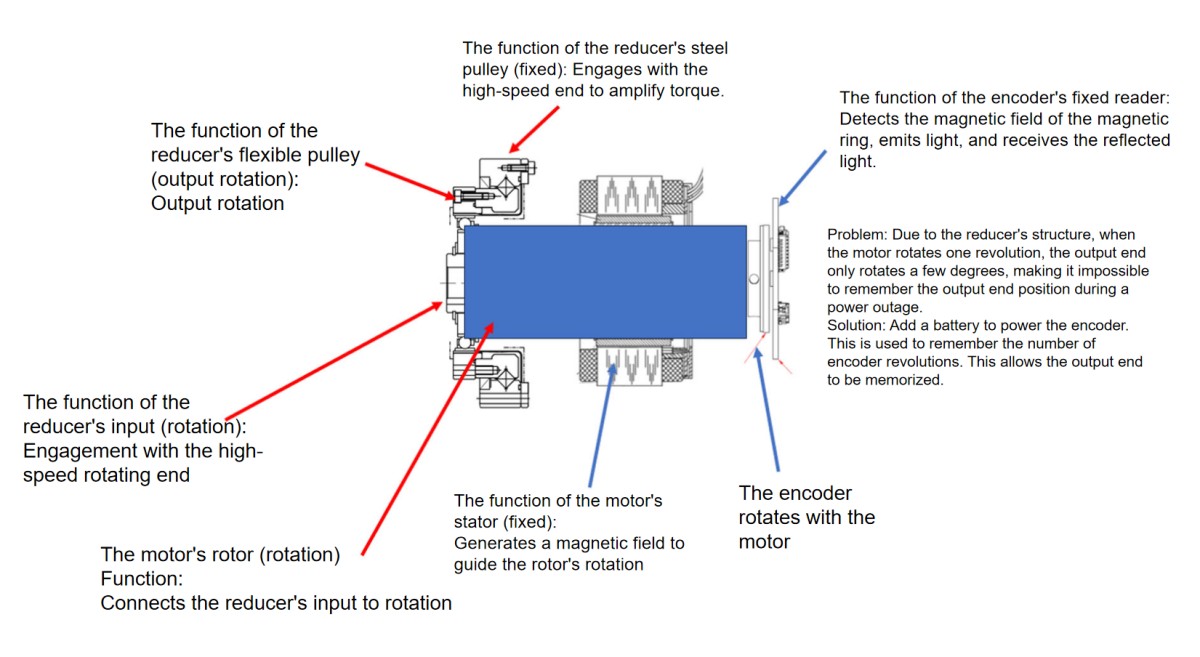
Dual-Encoder Joint Modules
Dual-encoder motors are equipped with two encoders, providing enhanced functionality. The two encoders work in tandem—one feeds back the position of the motor rotor, while the other monitors the position of the motor output shaft. This design significantly improves the motor's control precision and stability, enabling more complex and refined motion control. In humanoid robot joint modules, dual-encoder motors are often used in parts requiring high-precision movement. For instance, when a robotic arm performs delicate operations, dual-encoder motors ensure the arm reaches its target position with minimal error, enabling tasks such as grasping precision parts. Additionally, in fields with extremely high safety requirements, such as medical surgical robots, dual-encoder motors provide precise and reliable support for surgical operations thanks to their high precision and reliability. In complex environments, external disturbances can affect the stability of the robot. The coordinated operation of dual encoders effectively mitigates the impact of such disturbances on joint movement, ensuring stable and efficient performance.
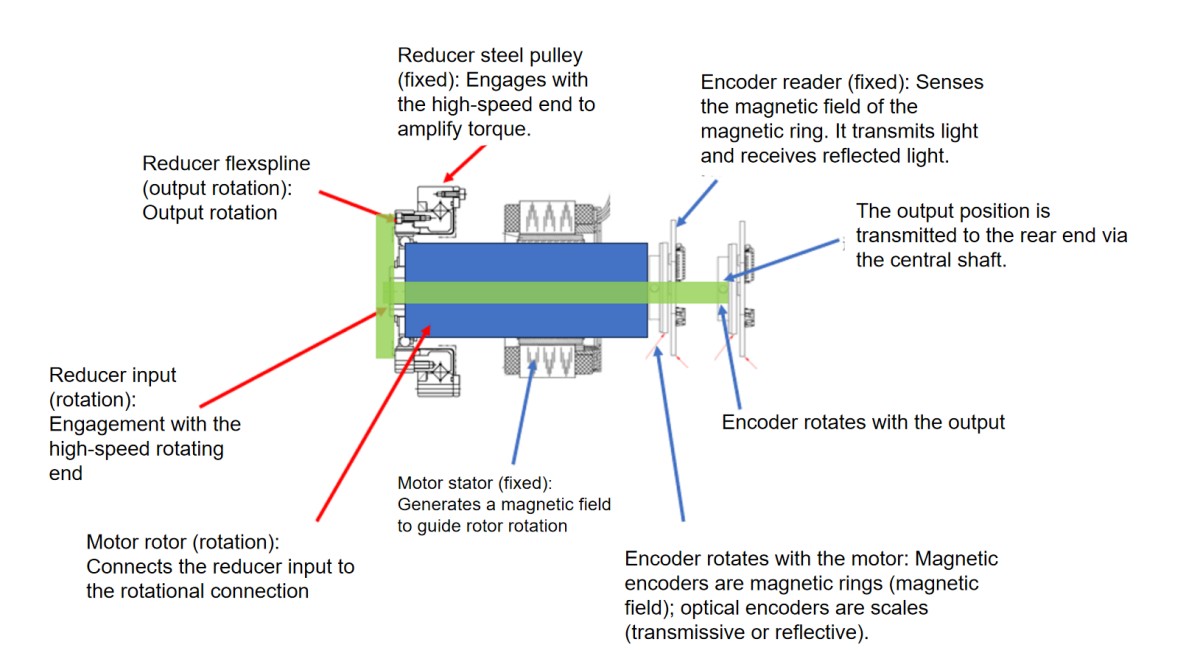
Both single-encoder and dual-encoder motors have their unique advantages and play critical roles in different application scenarios. As robotic technology continues to evolve, the performance requirements for motors will also increase, and both types will continue to excel in their respective suitable fields.
Double Click
Products Catelog
